
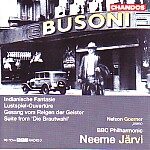
Like his beloved predecessor Liszt, only more so, Busoni created music that often is more interesting as a concept than for any successful sonic realization
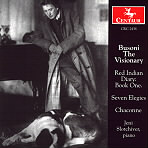
Busoni’s piano music still awaits the attention that it truly deserves, for it’s the product of a remarkable musical mind. Who else could take an
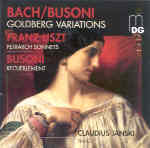
Aside from the fact that these Liszt, Busoni, and Bach/Busoni works are based on “vocal forms” (according to the booklet notes), they add up to

Ferruccio Busoni’s Fantasia contrappuntistica for Two Pianos is an enchanted musical forest, replete with thorny vegetation, sunny, grassy openings, florid paths, and dark, foreboding depths,
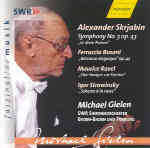
As to Hänssler’s “DDD” indication on the back sleeve of this 20th-century grab bag, I’m certain the 1975 recording of Scriabin’s Third Symphony derives from
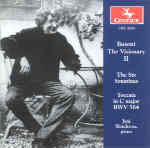
Jeni Slotchiver’s musicianly pianism is largely at one with the lucid polyphony, strange harmonic allusions, and emotional restraint characterizing the first five of Busoni’s Six
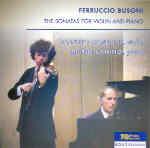
Pianist Bruno Canino’s solid, full-bodied traversal of the demanding piano parts Busoni fashioned for his two violin sonatas commands your full attention throughout this release.
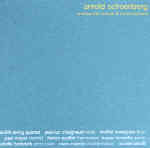
Schoenberg’s Society for Private Musical Performances, founded in 1918 to offer weekly new-music concerts to a knowledgeable audience, provides the launching point for this disc.
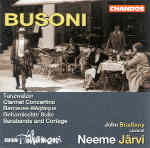
There isn’t much Busoni orchestral music, and what there is varies widely in quality. His finest work in the medium is also his largest: the
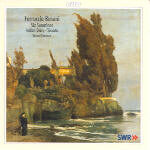
With this release Busoni’s Six Sonatinas receive their finest recorded sound to date. You hear a beautifully regulated piano that is reproduced with just the
![]()

Notifications